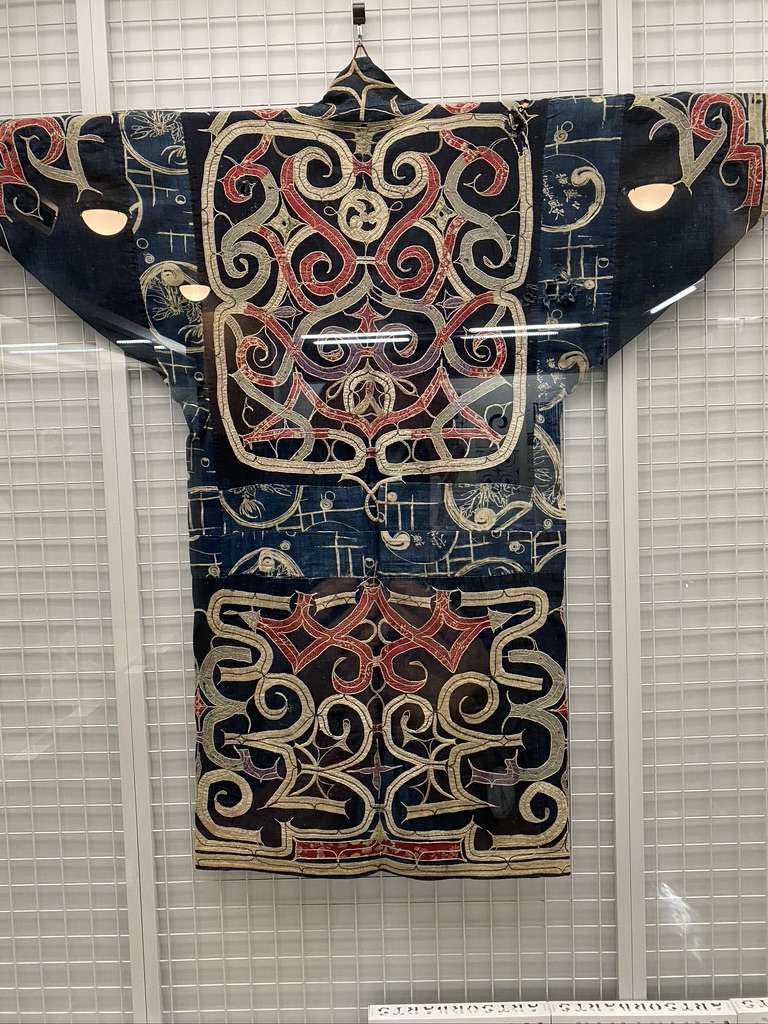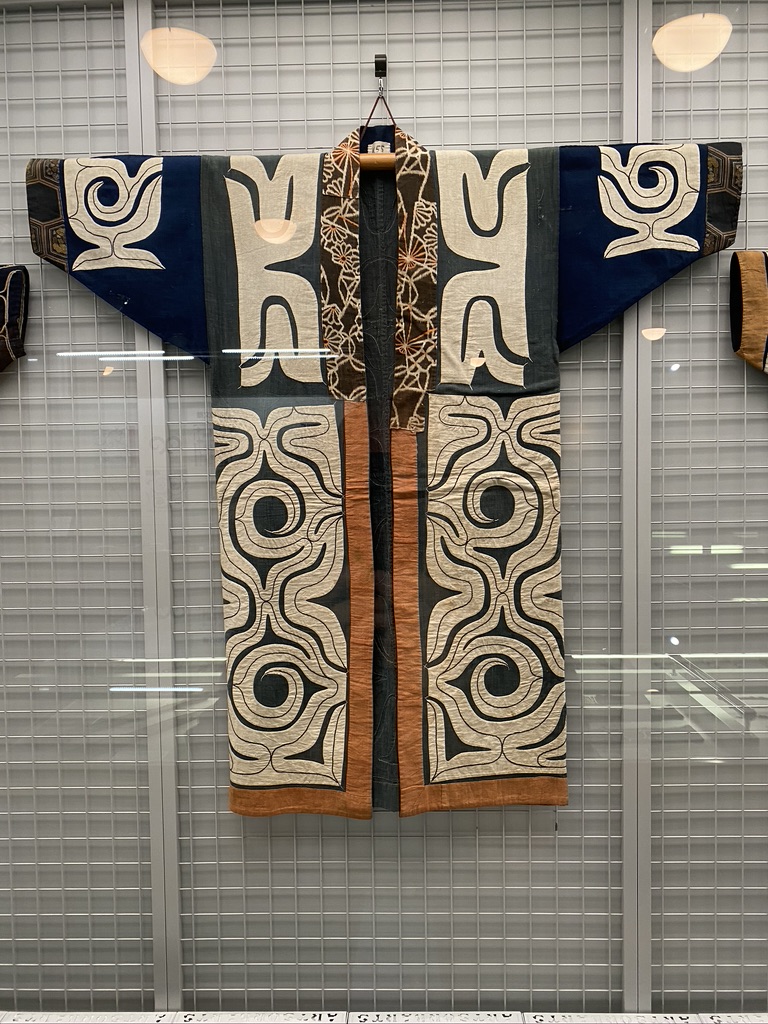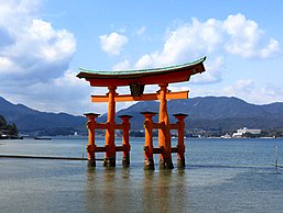Hokkaido is the northern most of the four main Japanese islands and is closer to Russia than southern Japan. Like Okinawa, the island was only incorporated into the new Japanese state following the Meiji Restoration of 1868, when Japan felt the need to define its territories against foreign encroachments. For many years Hokkaido was treated as a colony and the original Ainu people marginalised and exploited. Ainu culture has survived and is now being recognised nationally.
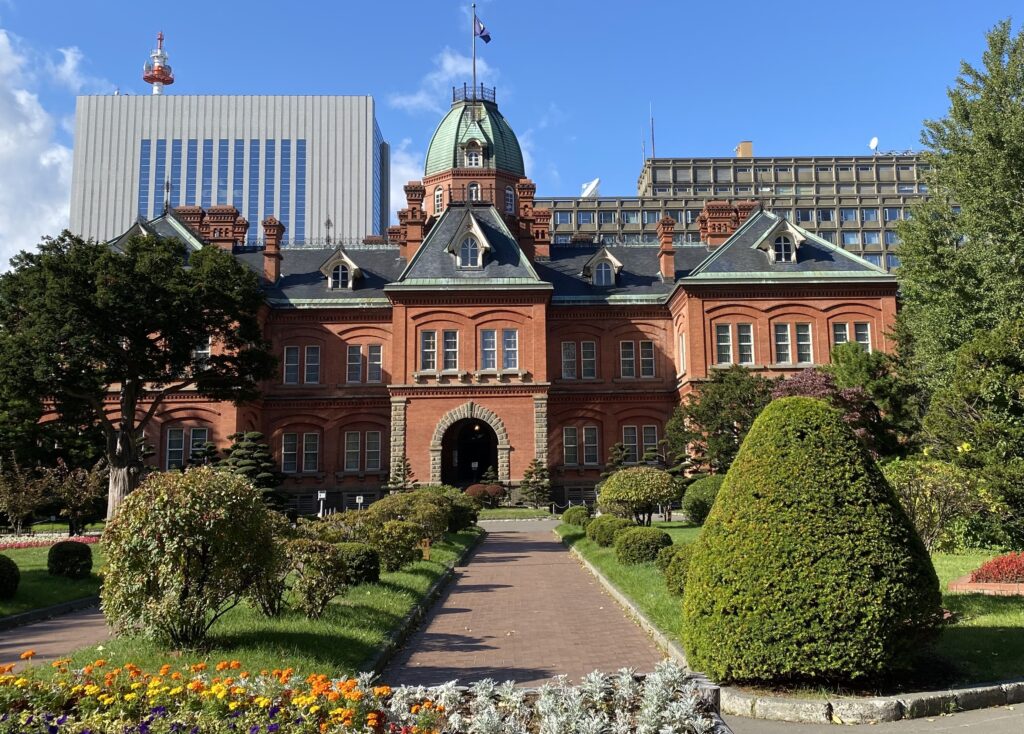
Sapporo
Capital of Hokkaido and the most important urban centre north of Tokyo. However it’s possible to find glimpses of an older city that emphasises the frontier quality of life in the days when the city was first established. The Governors palace would not look out of place in the days of the Raj in India and emphasises the essentially colonial relationship that Hokkaido had with the Japanese government. Hokkaido University has a collection of traditional wooden buildings that commemorate the creation of a dairy industry on the island that is today one of the defining features of the island’s economy.

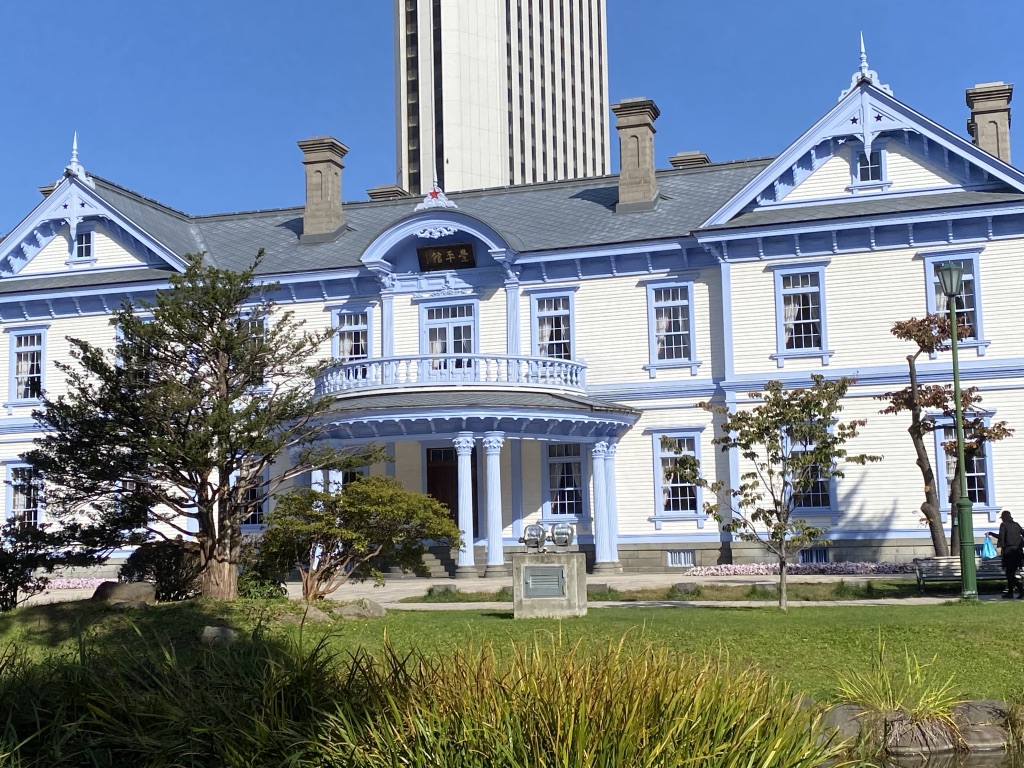
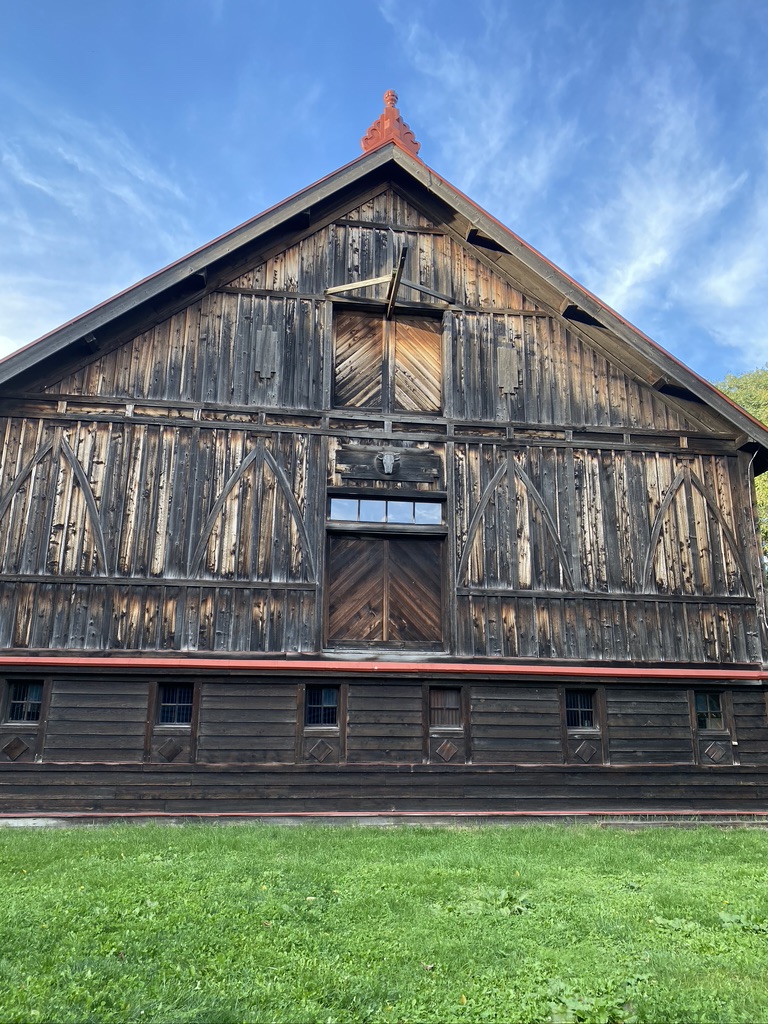
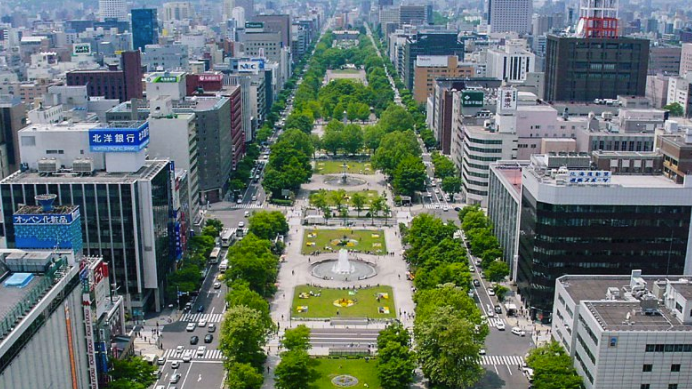
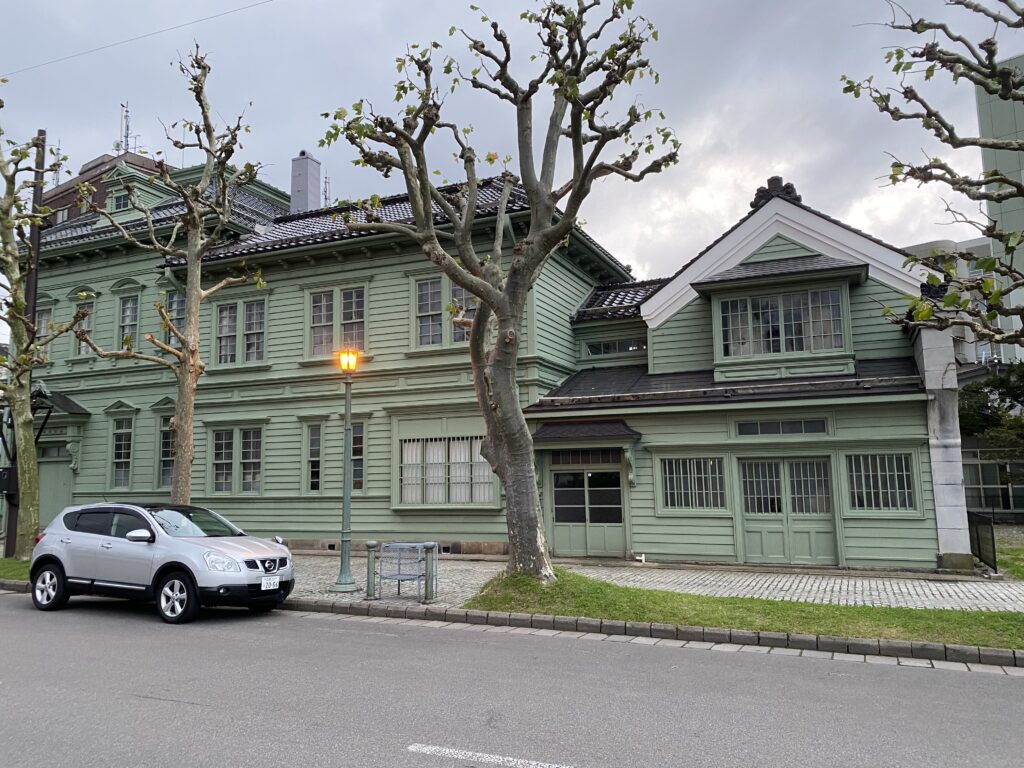
Hakodate
One of the first treaty ports where foreigners were allowed to reside and trade after Japan’s “opening up” to western powers in the 1860s. As in other treaty ports such as Yokohama and Nagasaki, foreign influence is very apparent in the older part of town where you can see a variety of western churches and a number of historic buildings including the original British consulate.


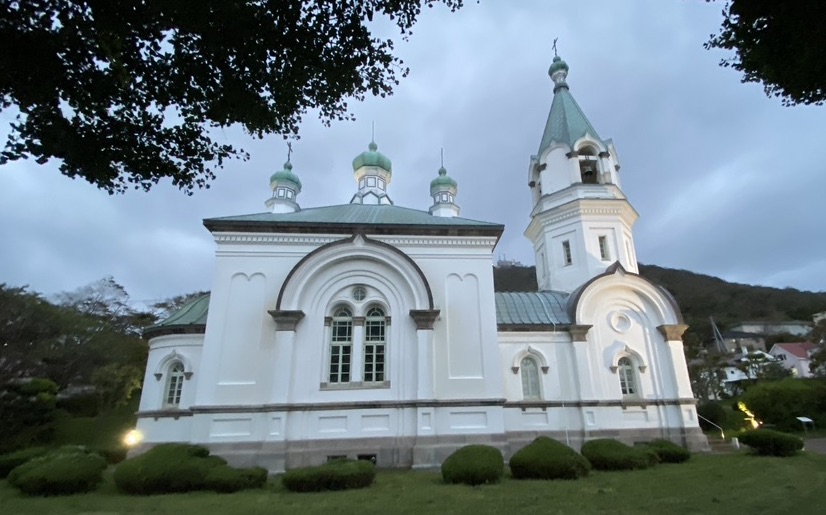
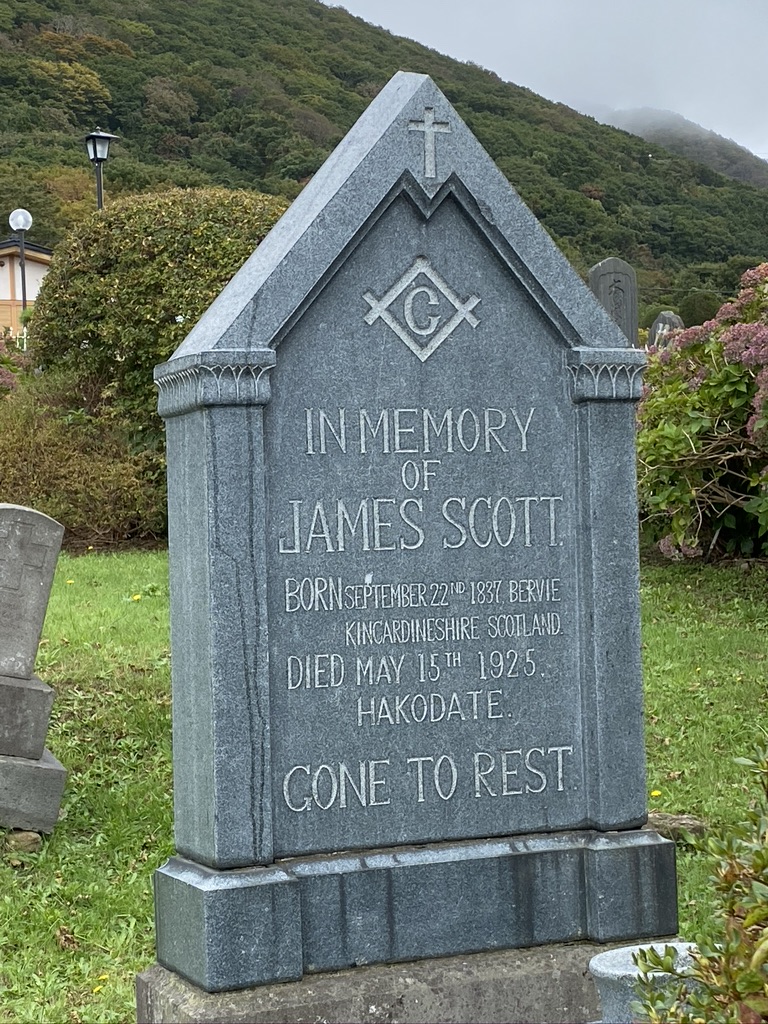
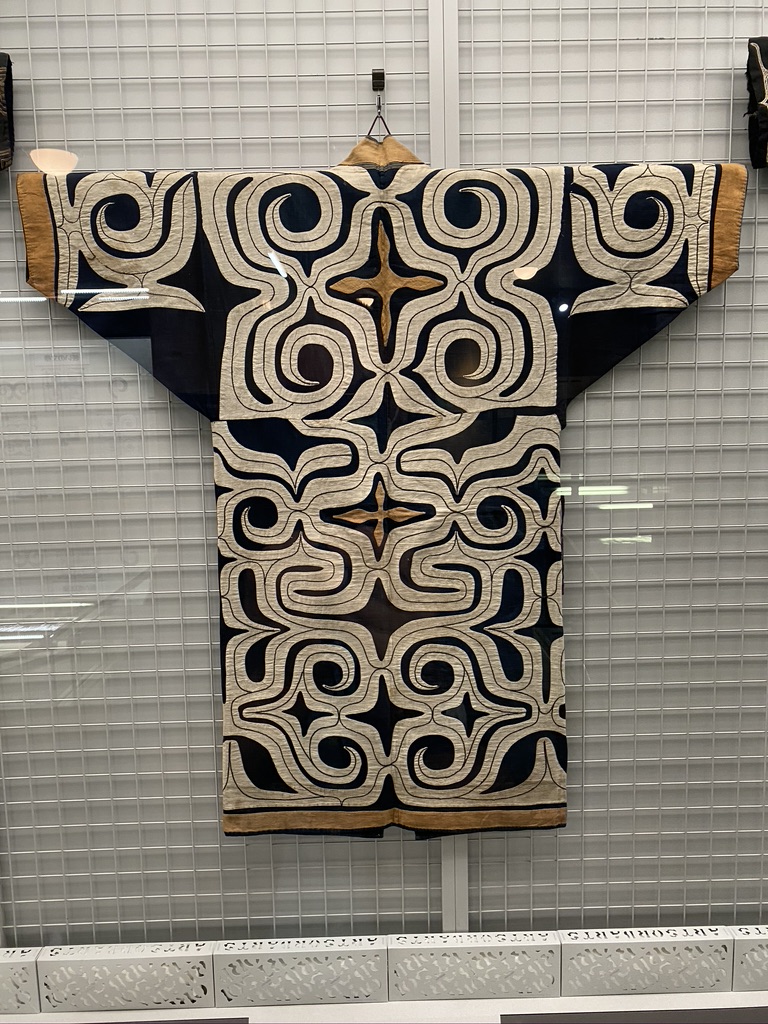
Ainu Culture
Ainu culture survives in the Ainu community and is now represented in local museums. A new Ainu Museum was due to open in 2021 on a green field site in southern Hokkaido.
